Leatherleaf Viburnum (Viburnum rhytidophyllum) is a resilient, ornamental shrub native to China. Belonging to the Viburnaceae family, this woody plant is known for its adaptability and ability to thrive in shaded areas, making it a favorite for shade gardens. With its evergreen foliage and low-maintenance needs, it is well-suited for gardeners seeking year-round greenery in hardiness zones 5 through 8.
This shrub is valued for its ability to grow even in dappled sunlight or deep shade, adding texture and structure to garden spaces where many plants may struggle. Its robust nature and ornamental appeal make it a reliable choice for both beginner and experienced gardeners.
| Common name | Leatherleaf Viburnum |
| Botanical name | Viburnum rhytidophyllum |
| Family | Viburnaceae |
| Species | rhytidophyllum |
| Origin | China |
| Life cycle | Woody |
| Plant type | Shrub |
| Hardiness zone | 5, 6, 7, 8 |
| Sunlight | Dappled Sunlight |
| Maintenance | Low |
| Soil condition | Clay |
| Soil ph | Acid |
| Drainage | Well-Drained |
| Growth rate | Medium |
| Harvest time | Fall |
| Flowering period | Spring |
| Height | 1- 15 ft. |
| Width | 1- 15 ft. |
| Flower color | Cream, Tan |
| Leaf color | Green |
| Fruit color | Black |
| Stem color | Brown, Copper |
| Fruit type | Drupe |
| Leaf benefit | Showy |
| Flower benefit | Showy |
| Garden style | Winter Garden |
I. Appearance and Characteristics
Viburnum rhytidophyllum, the leatherleaf viburnum, is a species of Viburnum, native to Asia.
This vigorous, coarsely textured evergreen shrub has an upright habit and 8-inch (20 cm) long, lustrous, deeply veined oval leaves with dark blue-green surfaces and pale green undersides. The leaf stems are fuzzy brown. In spring, fragrant creamy-white flowers bloom in clusters. Blueberries form in June and become plump through September, maturing to glossy black. Plants grow 10–15 feet (3.0–4.6 m) tall and wide.
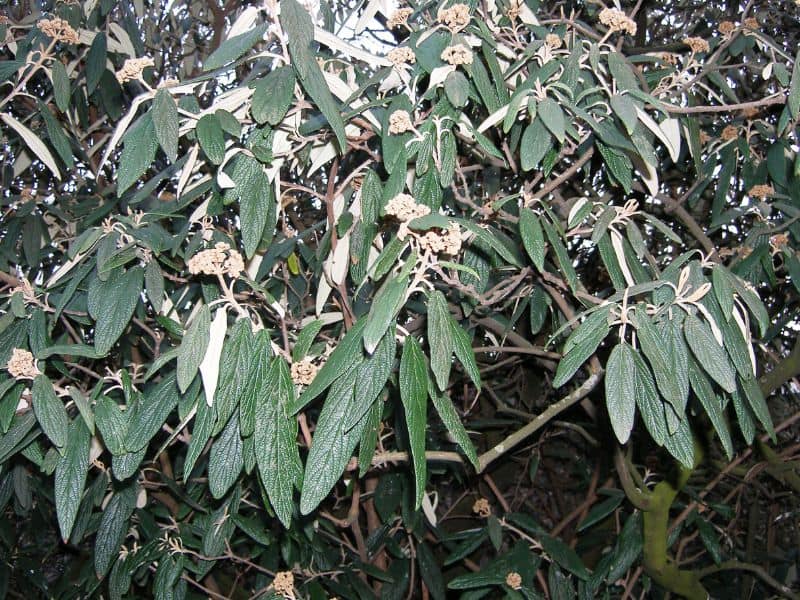
The plant is an evergreen shrub or small tree with a suckering habit. The leaves are opposite, crinkled, downy on the underside, less so on the upper surface.
It is commonly grown as an ornamental plant for its evergreen foliage and tolerance of deep shade.
II. How to Grow and Care
Sunlight
Leatherleaf viburnum in a cold environment loves to grow in full sun on slopes and edging rocks in its natural habitat. Varieties adaptable to warmer climates grow well in full sun to medium shade; long exposure to strong light should be avoided. They can be shaded by buildings or big trees. A certain amount of scattered light is needed in the flowering phase to ensure enhanced and continuous flowering in warmer climates, but overall, plants in this genus perform well receiving 5-6 hours of continuous sunlight in a day.
Temperature
The optimum growth temperature range is between 5 to 27 ℃. It has good cold resistance; some native North American species can tolerate temperatures below -25 ℃. Its growth is poor at temperatures above 29 ℃, so it cannot survive in tropical summers. Germination requires 20 consecutive days of seed exposure to 24 ℃.
Leatherleaf viburnum needs occasional watering during hot and dry conditions. The average plant during its first 2 years of growth needs 1.2 to 1.5 cm water bi-weekly. Once established, it doesn’t need much watering.
Watering
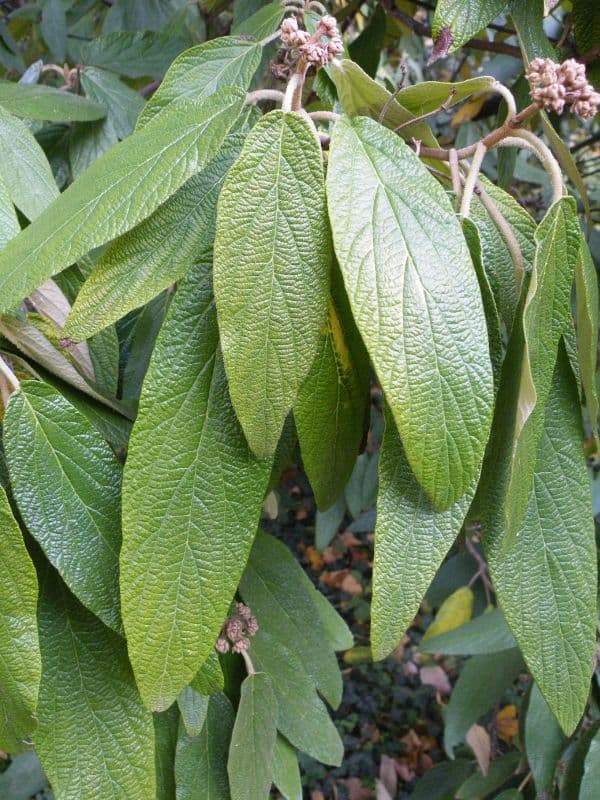
Leatherleaf viburnum thrives in moderately moist soil conditions, mirroring its origins where it experiences consistent but not waterlogged environments. This species is known for its moderate drought tolerance and appreciates a balance between hydration and drainage. To maintain optimal health, leatherleaf viburnum should be watered once every 1-2 weeks, allowing the soil to dry slightly between watering sessions. Typically grown outdoors due to its size and ornamental value, leatherleaf viburnum benefits from mulching to retain soil moisture, especially during its active growing season.
Soil
Leatherleaf viburnum likes fertile, soft, slightly acidic soil with good drainage. It likes moist soil but does not grow well in waterlogged soils. It can grow in moderately fertile, fully drained soils that keep minimum moisture, but cannot withstand poor soil. The optimum soil pH range is 5.5-6.6. It can tolerate acidic media and drought with good air circulation in the root zone, which is made possible by the addition of peat moss or coco coir to the media. The best potting soil would be to mix 1 part of fully decomposed organic matter into 2 parts of garden soil.
Fertilizing
For optimal growth, leatherleaf viburnum thrives with balanced nutrition fertilizers in spring for strong roots and overall health, or high nitrogen choices when enhancing foliage is desired. Fertilize twice yearly; a moderate amount early in the growing season, followed by a lighter touch in mid-summer. Avoid over-fertilization, as it harms more than helps.
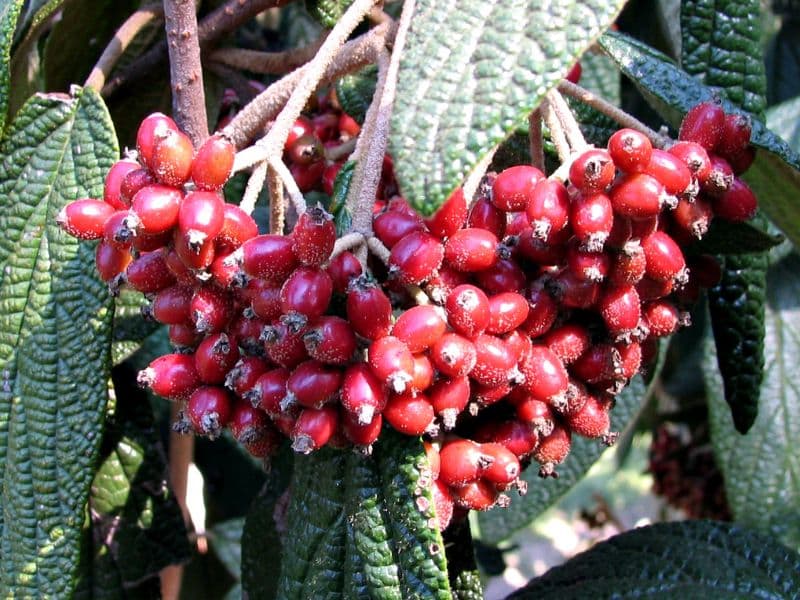
During dormancy in winter, refrain from fertilizing leatherleaf viburnum to prevent promoting growth during a period of natural rest. Utilize slow-release formulas to provide consistent nutrients without burning roots. Applying fertilizer in a ring around the plant base but not against the stem ensures even distribution. This guidance bolsters leatherleaf viburnum’s vigor, flowering, and fruiting potential.
Pruning
Light pruning to remove dead or dried branches or injured parts of the plant can be done at any time of the year. Leatherleaf viburnum doesn’t need severe pruning; how much depends on the type of variety and purpose of growing.
Pruning to shape and beautify can be done in the late winter or early spring. When growing for borders and hedges, cut only 1/3 of the branches if they are severely intermingled. In other cases, pruning can be initiated right after flowering but before the setting of fruit. To avoid frost damage, don’t prune during frost or severe cold.
Propagation
Planting leatherleaf viburnum from seeds is not recommended. It can take 12-18 months. Soft cutting is one of the best options to grow the plant. Be sure each soft cutting contains 2 nodes for both underground and aboveground parts. Mix 1/3 fully decomposed organic matter with 2/3 dugout soil. Place the soft cuttings into a hole and press the soil gently to keep its level at the garden level. Immediate watering will make a suitable watering pit after the soil has settled.
Transplanting
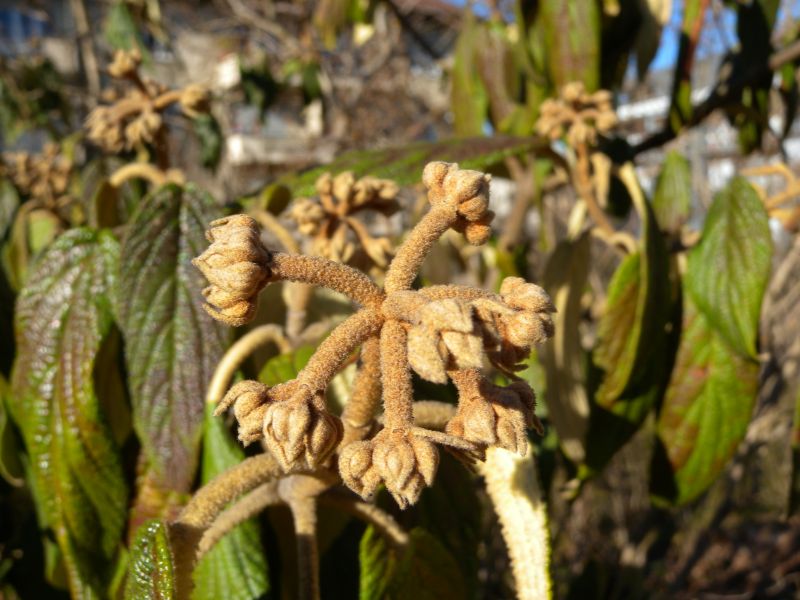
With leatherleaf viburnum, the ideal time for transplanting is typically the early spring to late fall (S1-S2), this is when the plant’s growth is most vigorous. For best results, choose a well-drained location with partial to full sun exposure. If required, consider adding organic matter to the soil to improve its fertility.
Repotting
For ‘leatherleaf viburnum,’ a robust shrub reaching up to 10-15 feet, repot every 2-3 years in spring, before the onset of new growth. Choose a large, deep pot to accommodate its roots. After repotting, ensure well-draining soil and water deeply. It’s low-maintenance, but initial post-repot care includes partial shade and avoiding overwatering for healthy recovery.
III. Uses and Benefits
Plant leatherleaf viburnum shrubs in groups of three or five for the best effect. They also look great in mixed shrub borders where you can combine this mid spring blooming shrub with others that bloom in early spring, late spring, and summer for year-round interest.
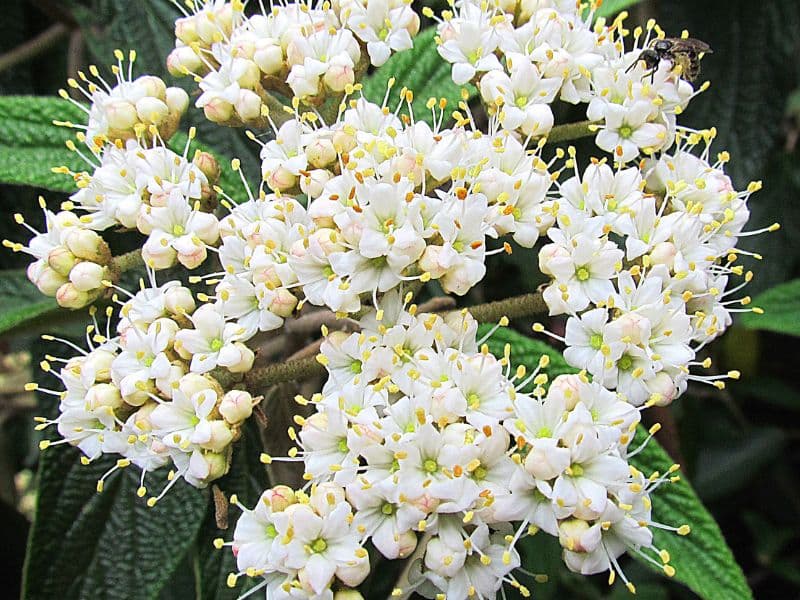
It also looks great as a specimen plant where it makes a showy display in spring when the flowers are in bloom, and in summer and fall when the berries hang from the branches. The butterflies that visit the flowers and the birds that eat the berries add interest to the shrub as well.
Find Where to Buy the Best Leatherleaf Viburnum (Viburnum rhytidophyllum)

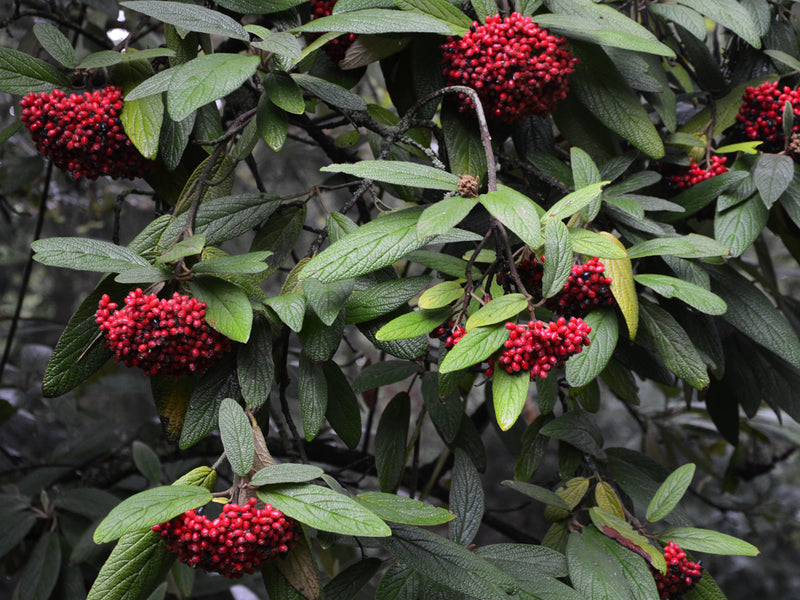



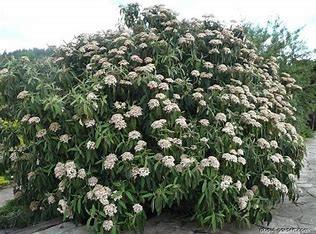



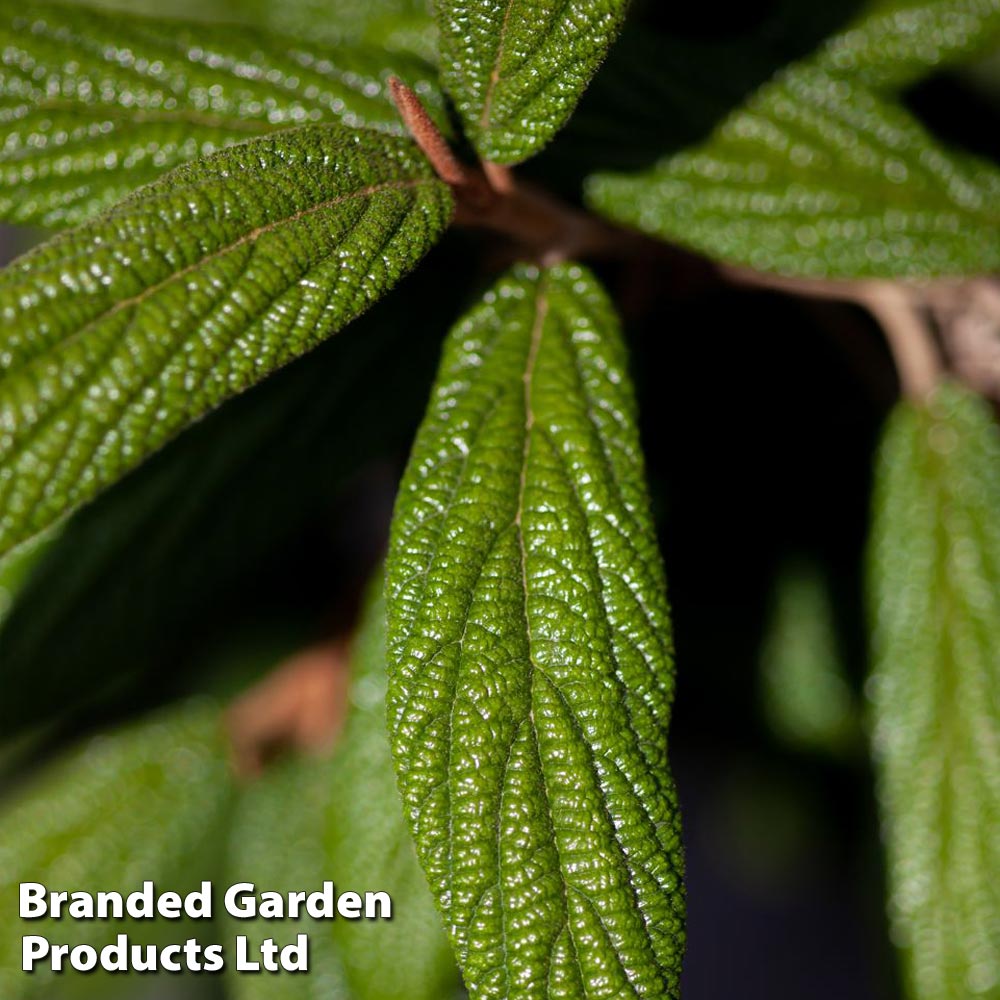
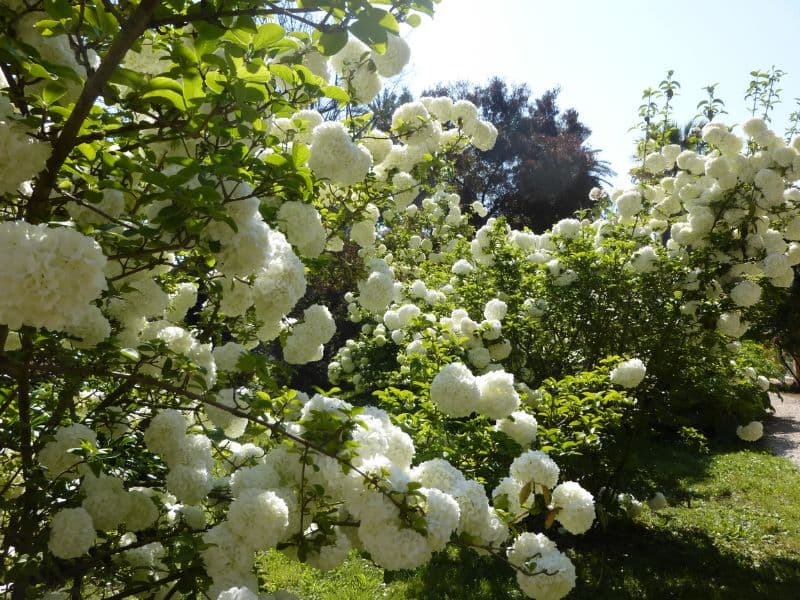
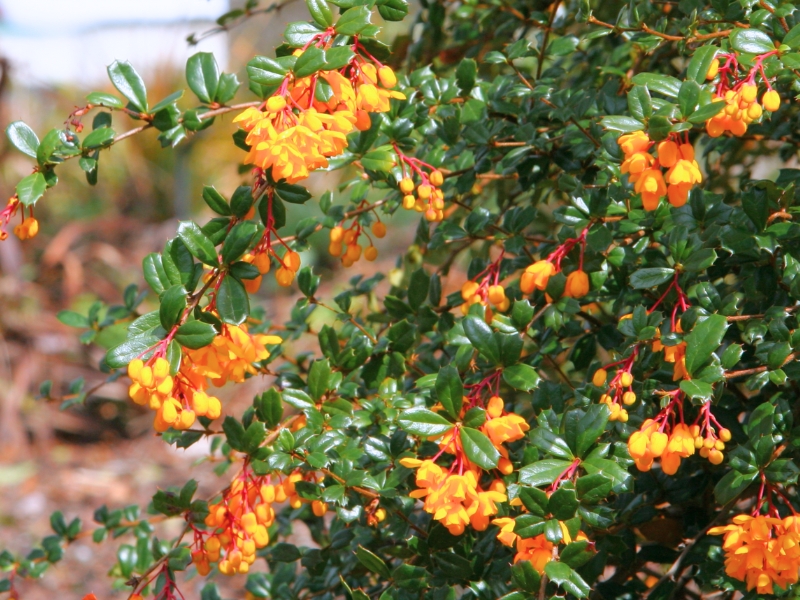
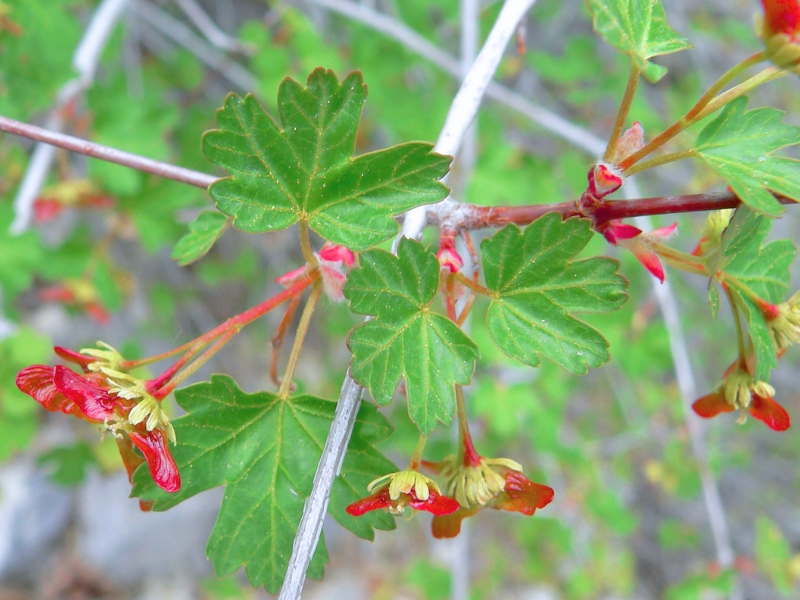
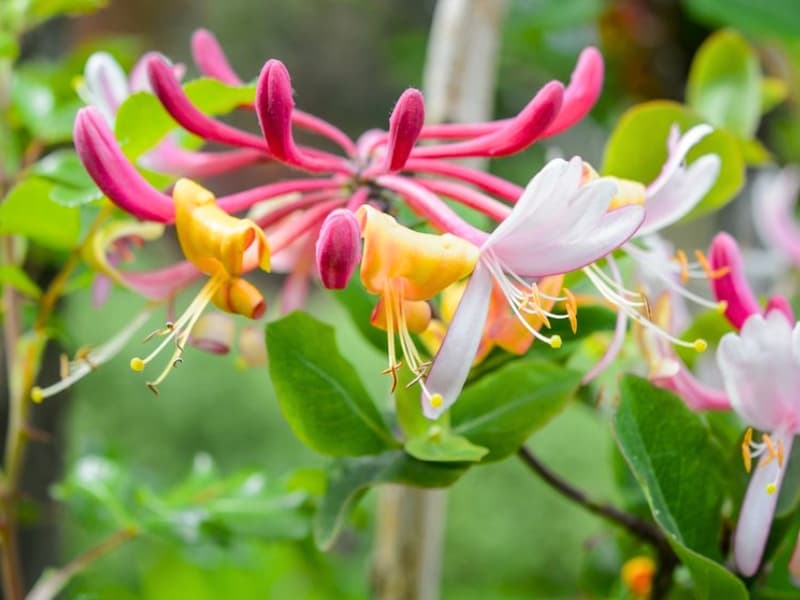
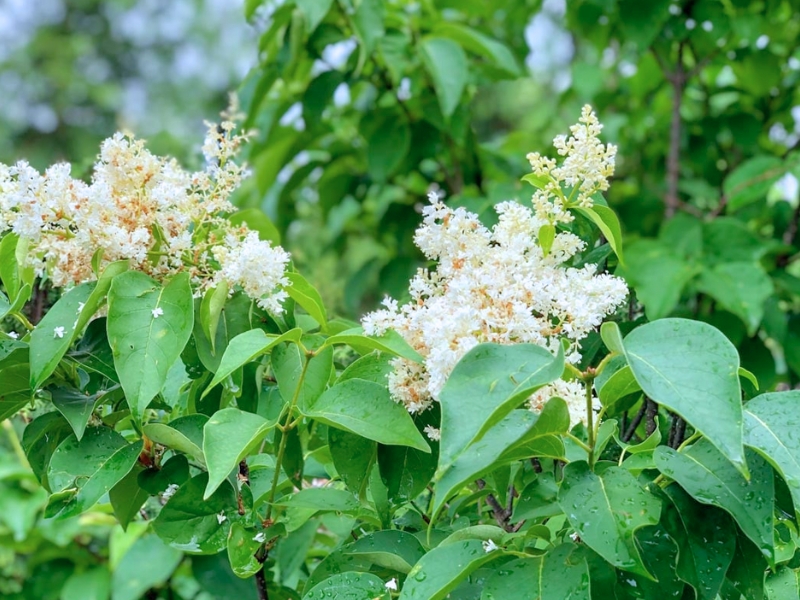
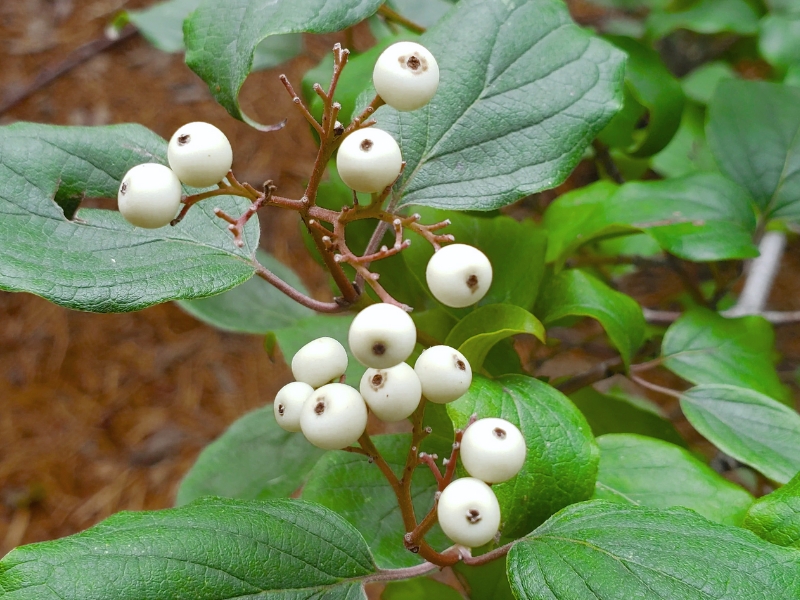
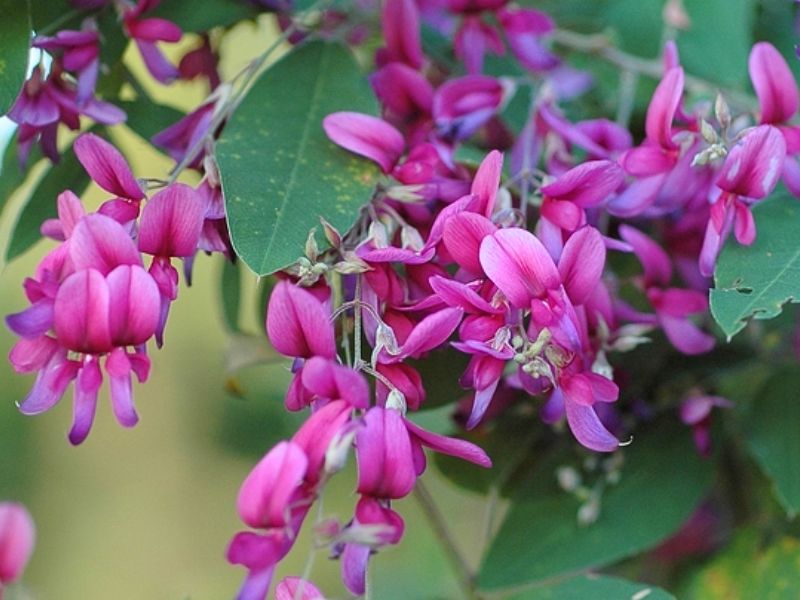
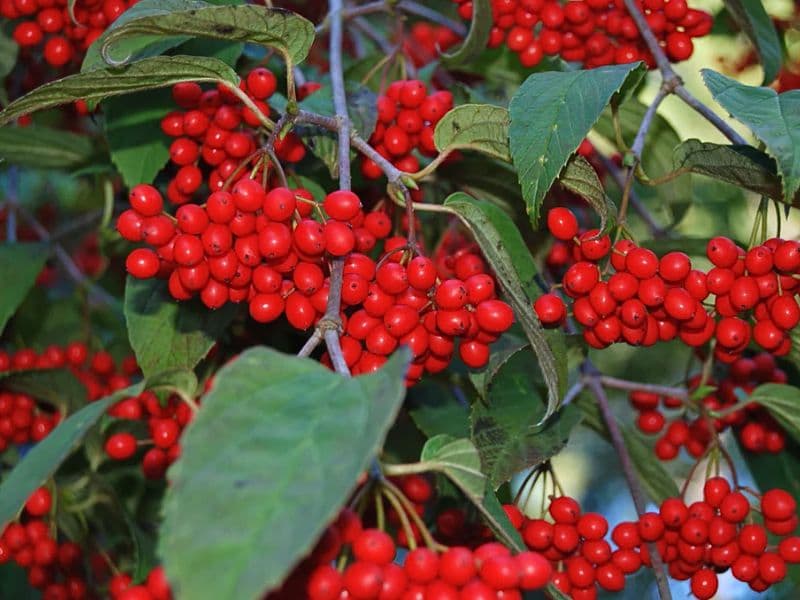
Leave a Reply